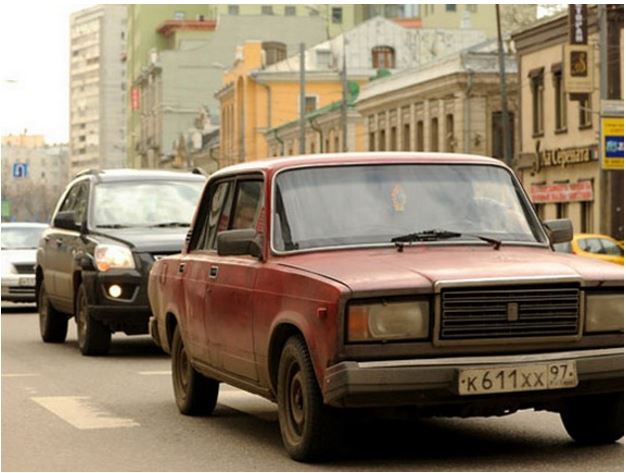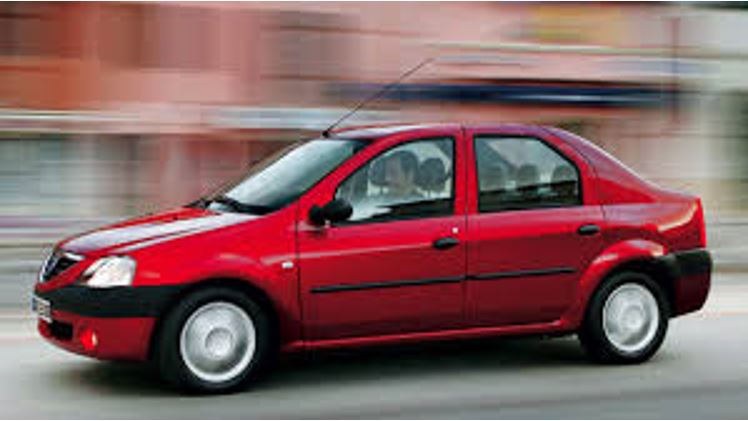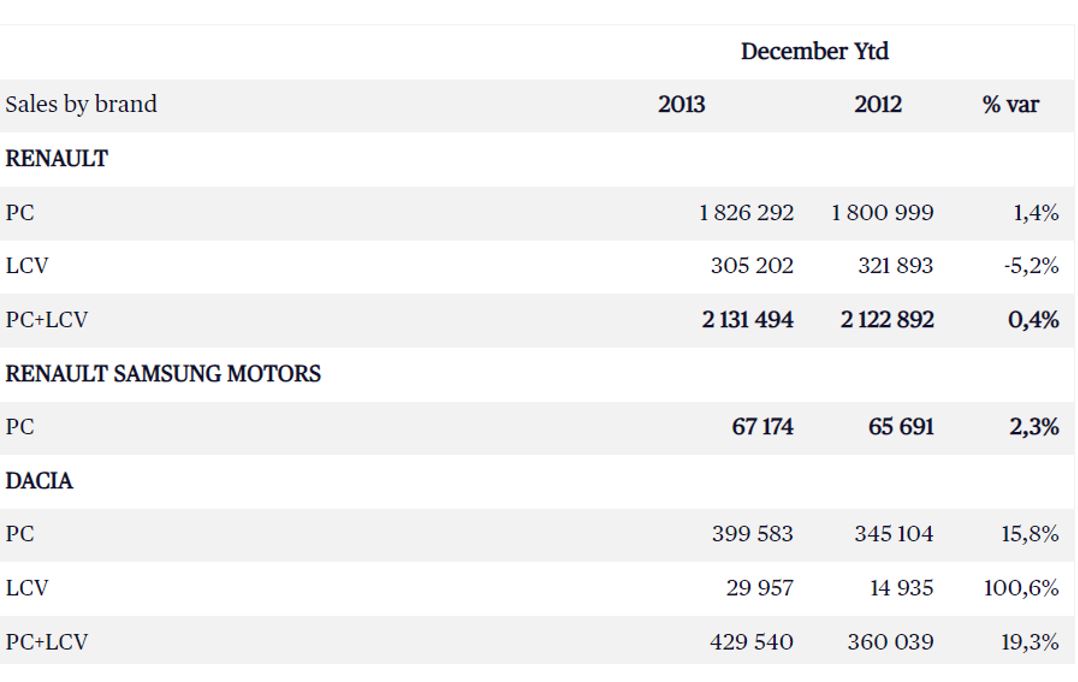Finding new market opportunities to innovate and disrupt organisations can be extremely cost-demanding. Organisations often spend millions of dollars investigating market opportunities and then spend even more to design a solution best suited to tackle the challenge. However, there are more efficient design and research processes available, which are usually prevalent in developing countries of Asia.
In this blog, I will introduce a case study which discusses an innovation methodology that we follow as our ethos, enabling us to provide and build efficient and long-lasting solutions that surpass all expectations.
A bit of background – my second nature
Coming from a developing country, we have scarce access to resources. This leads us to resort to cheaper household fixes for our problems, which we call ‘Juggad’ – a frugal way to innovate using locally available resources.
Although it doesn’t sound like a big deal, let me tell you, it is! As we Indians grew up with a culture of frugal innovation, and our innovation culture is heavily influenced by our frugal upbringing.
The case study I’m sharing in this blog discusses European automobile manufacturers trying their wits to compete in the Asian market and achieving great lengths of success with frugal thinking.
The case study is influenced by Frugal Innovation: How to Do More with Less, a book written by Jaideep Prabhu and Navi Radjou.
The story is set in 1999, when a senior manager at Renault was given an impossible task by the CEO – to “create a modern, reliable and comfortable car that would retail at $6,000”, which would be $10,000 in today’s economy.
The competition: Lada

Image courtesy: The Mirror
The motivation for that task originated when the CEO visited Russia and found that his fancier cars with top-of-the-line features were outsold by a locally made car (the Lada) priced at $6,000.
The CEO found it unacceptable that technical progress should stop one from making a cheap and affordable car for the masses. After this, he drew up specifications for a new car in three simple words: modern, reliable, affordable – and everything else is negotiable.
Not so Voilà

Image Courtesy: x-staticmediagroup.com
If you ask me, I would say not to reinvent the wheel because the solution is simple; drive the cost down by stripping the extra innovative bit from a Renault, and there you have it, a $6,000 Renault! But the outcome would be a French version of Lada – clunky, uncomfortable and questionable safety. This went against Renault’s reputation for elegance and quality, so launching a bargain-basement product would be brand suicide.
The senior manager soon realised that the CEO was not just asking for a cheaper product, but one that married high quality and affordability.
A cultural difference
The “more for less” concept was at odds with the senior manager, as the West had been taught to push boundaries and the innovation method used is to add new features to existing products.
Western car companies invest a lot of money to produce sophisticated products to differentiate their products from their competitors and charge customers more for the privilege. Hence the “more for less” concept was a challenge for the current “more for more” business model that was proven successful in the consumption-driven Western economy for five decades.
If the problem wasn’t challenging enough, the manager realised in order to produce such a product, they would not only need a new business model, but an immense cultural shift to change the way Renault employees think – as they all grew up in resource-rich and economically stable part of the world with a “bigger is better” philosophy of R&D and innovation.
Welcome to Romania!
The manager knew he would require a new breed of engineers to produce a $6,000 car, so a bold decision was made to not build the car in France – the clear choice was Romania.
In 1999 Renault acquired a local car manufacturer called Dacia, so they assembled a cross-cultural team made of French designers, with their high-end sense of design and quality, paired with the cost-sensitive Romanian manufacturing engineers.
With a new team, the manager reiterated the brief for the Romanian audience: “Build a vehicle that can carry four adults, a pig, a sink and 100 kilograms of potatoes”.
Romanian engineers played a very key role in achieving this objective. As the engineers grew up in a harsh communist environment, doing more with less was second nature and with their ingenuity, the team was bound to succeed.
And succeed they did, building a robust, simple and spacious car with 50% fewer parts than a typical Renault. The engineers focused on efficiency in manufacturing by making symmetrical rear-view mirrors to be used on either side of the vehicle, and a windscreen that was flatter than usual to avoid defects and manufacturing costs. The dashboards were made from a single injection mould to reduce the use of raw materials, and the engineers also limited the use of complex electronics further saving manufacturing and repair costs, which made owning the vehicle much cheaper in the long run.
The grand reveal

Image courtesy Auto express.
Meet the Logan, a no-frills car priced at 5,000 euros / $6,000. Unveiling the car in 2004, the Logan was not only a technical success, but also a business success.
Renault initially planned to sell the car in developing countries, but after the recession of 2008, the demand for cheaper and robust cars picked up pace in western Europe, with 29% of European consumers and 39% of British consumers ready to buy cheap and affordable cars.
Renault soon had their hands full keeping up with the demand and had to develop a fleet of entry-level product lines under the Dacia brand, including a saloon car, minivan, and pickup truck.

Image courtesy automotiveworld.
This made Dacia the biggest cash cow for Renault, accounting for 40% of Renault’s global sales in 2013. These vehicles had a greater profit margin due to the strict no-discount policy and 95% of the materials used in the car being recyclable. This whole project made Renault a pioneer in frugal innovation.
Unlocking new markets with frugal innovation
Renault’s move into affordable cars opened new markets in Asia for European car manufacturers. This move attracted more competition, so Renault hired individuals from diverse cultural backgrounds to take on leadership positions.
Renault adopted the Frugal ideology as a core principle, which shaped their company culture. They went on to making partnerships with the Asian brand, Nissan, to write yet another chapter of frugal innovation, continuing the legacy of cheap and affordable cars suitable for different geographies.
At Coast Digital we implement a frugal ethos with every piece of work. We identify the needs and current landscape of the market with a robust research methodology, uncovering opportunities and building modern solutions which not only perform the best, but also bring forth a future-proof cultural shift in our client’s operations. Get in touch with our friendly team to see how we can transform your business.
